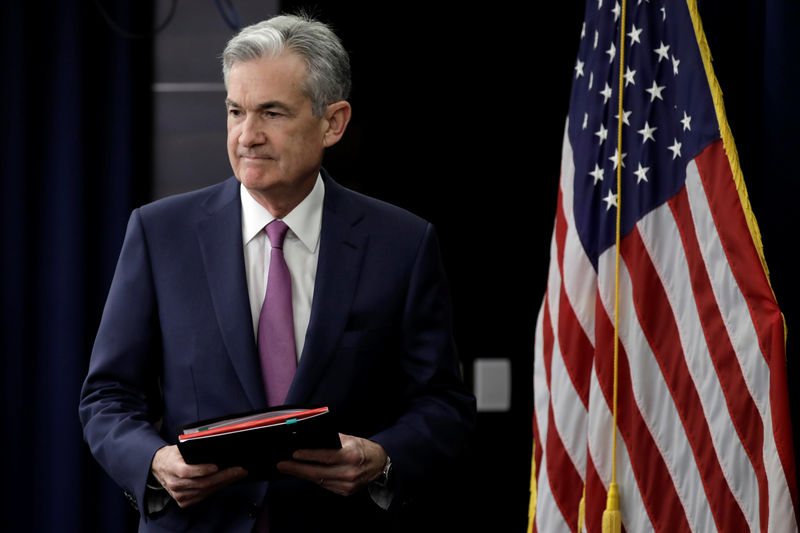Investing.com - The U.S. employment report for July Friday put only the slightest of dents in market conviction that the Federal Reserve will need to cut interest rates in September, with most participants still seeing trade tensions as the biggest influence on the central bank’s thinking.
The unemployment rate held steady near 50-year lows, job creation matched expectations - although with fewer new jobs and a downward revision to June’s number - while wage inflation grew more than expected.
“Overall this is textbook labor market tightening,” said Viraj Patel, global macro strategist at Arkera.
He noted that the “bigger story” is the 0.3% month-on-month growth in average hourly earnings both in July and June, the latter being an upward revision from last month's initial reading.
In the old days, this report would have implied a rate hike, but not now, Patel tweeted, saying he expected the Fed's easing bias to remain intact.
While the jobs report appears unlikely to be a complete game changer, markets did react with the U.S. dollar paring losses against major rivals and the yield on the 10-year Treasury ticking slightly higher. U.S. futures recovered relatively quickly after a knee-jerk reaction to the downside.
Fed funds futures still price in an additional quarter-point reduction to interest rates in September, but the odds for no change jumped from 1.9% to 11.2%. The probability for a cut in December showed a much more meager decrease from 73% to 68%.
The explanation for the modeest market impact can be found among the reasoning for what Fed Chairman Jerome Powell called an “insurance” cut at this week’s meeting.
Powell said that trade tensions "do seem to be having a significant effect on financial market conditions and on the economy" and that the Fed would have to "follow them".
President Donald Trump heightened such tensions with Beijing on Thursday, threatening to impose more tariffs on Chinese goods starting Sept. 1.
“Another decent jobs' report,“ James Knightley, chief international economist at ING, said in a note, “but with heightened trade tensions posing downside risks for growth, the Fed will remain in easing mode.”
